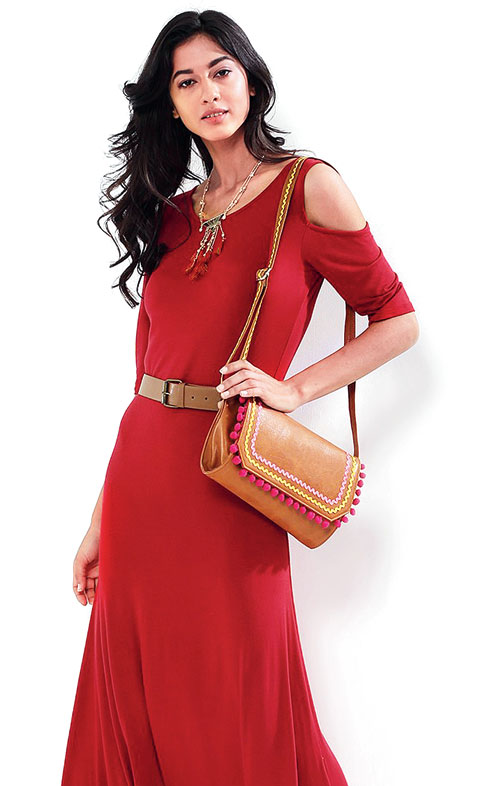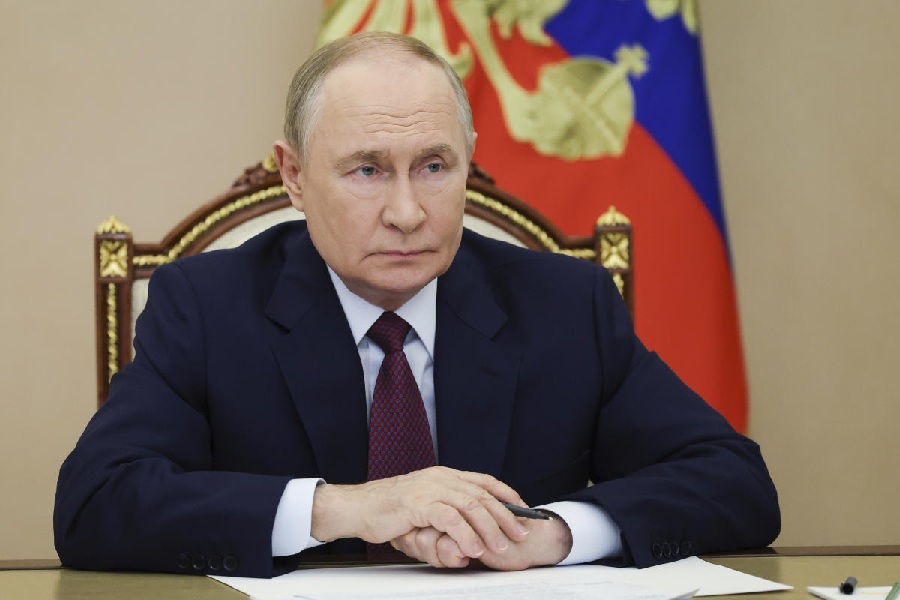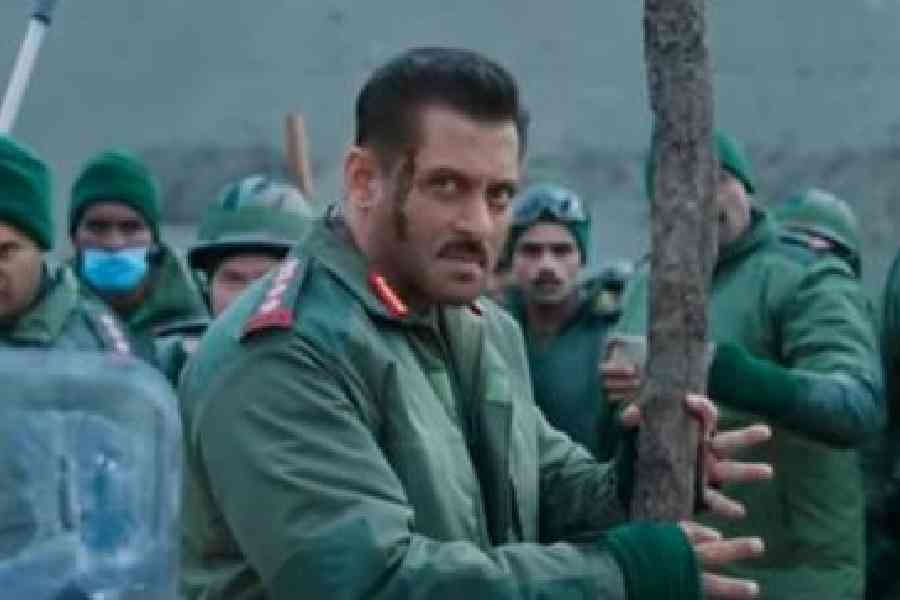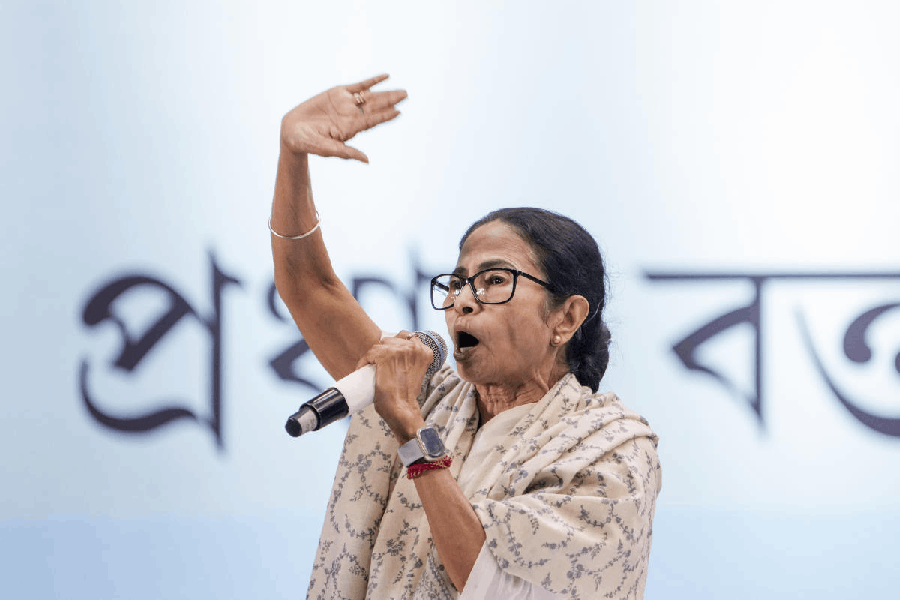
The cold shoulder is everywhere. The neat little patch of skin around the shoulder peeking from a top or dress, we mean. If anything was almost as high in number as the crowds this Puja, it was the cold shoulder.

What makes it such a rage, and for so long? When fashion trends can change faster than the Calcutta sky, this has reigned for more than two years. It is now famously being paired with the lehenga as well as the sari. Even the children’s section in city stores has cold shoulders arranged in rows.
From a debut in Paris in March, 2015, this has been a long journey for the peek-a-boo trend. It was dubbed “fashion’s erogenous zone” by the time it showed up at the 2016 London Fashion Week.

Abroad, the cold shoulder has survived because of its practicality, and versatility. In summer, it keeps you cool, but compact. In winter, it can be draped over with anything, and still looks cool.
In India, it is this versatility, plus a line of comfort. It is sexy, but not in your face, literally.

“The cold shoulder has its origins in the 50s and 60s with a Brigitte Bardot dress. As it happens with fashion, it reappeared in the 90s in the cycle of fashion. Now it’s a big trend,” says designer Avishek Dutta.
Indians want to be bold, but there is a line which they can’t cross. So if the cleavage and a lot of skin cannot be shown, cold shoulder is the way to go, Dutta adds. “In India it has undergone a number of modifications. What is trending most is lehenga blouses with cold shoulders and palazzos with cold shoulder crop tops.”

Cold shoulders look best on nice collar bones that come with a good shoulder line and a long neck and may not be as flattering for the heavier body types, as it will expose shoulder flab, feels the designer.
Finally, cold shoulders are more casual wear. Don’t flaunt them from your evening gowns.










